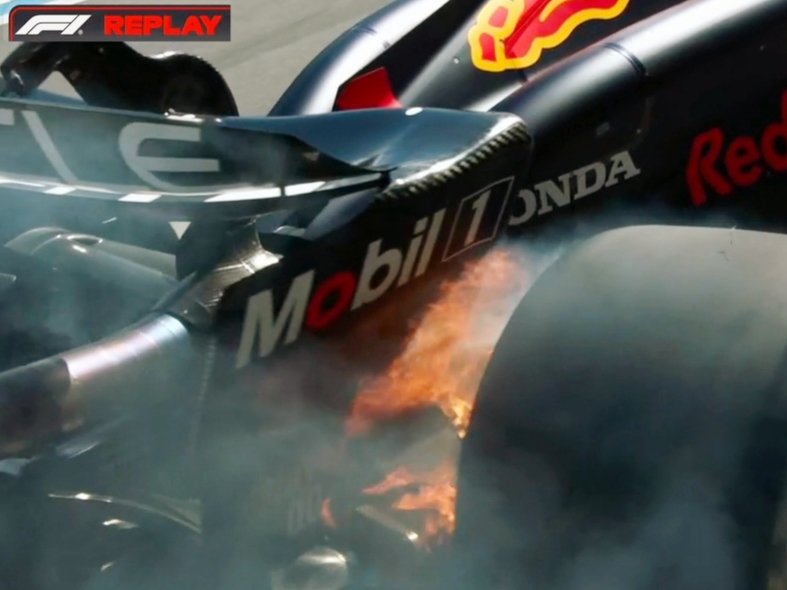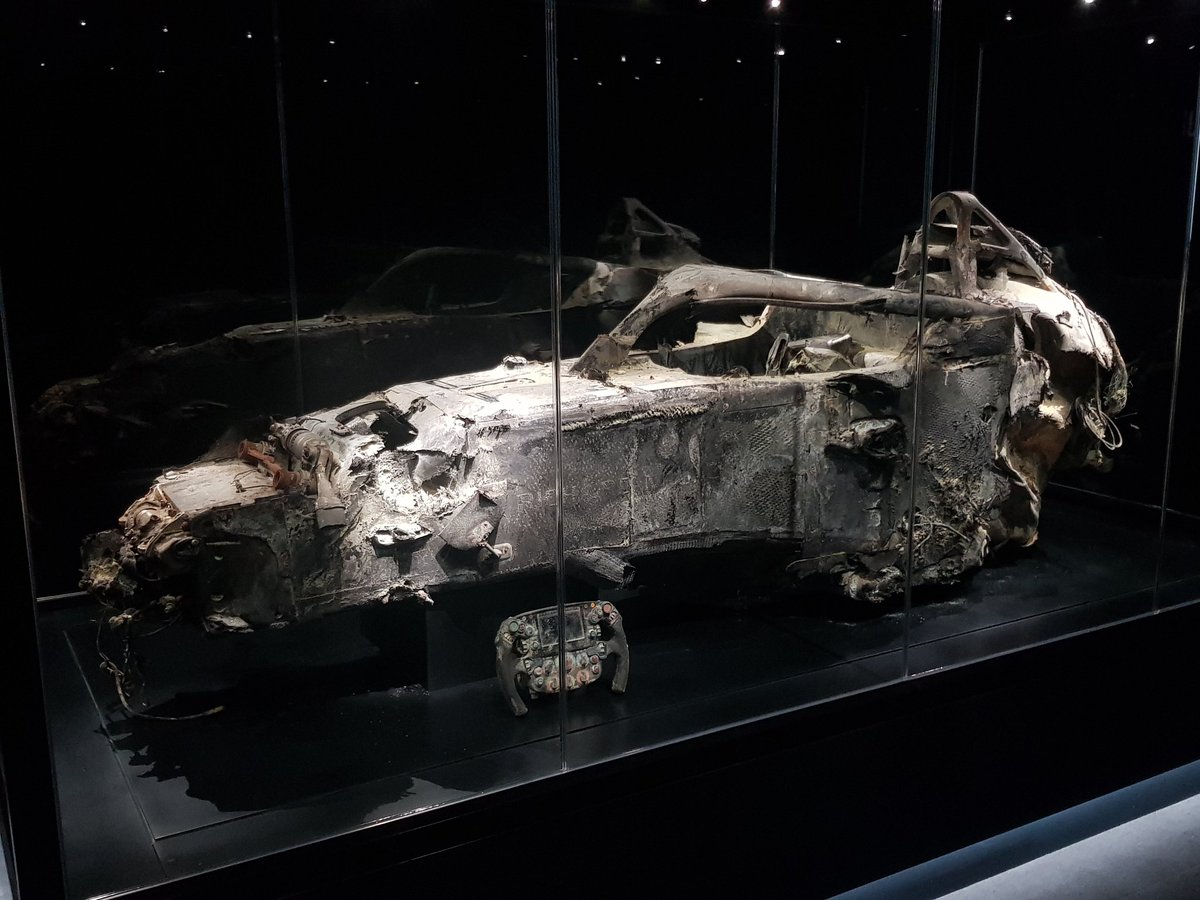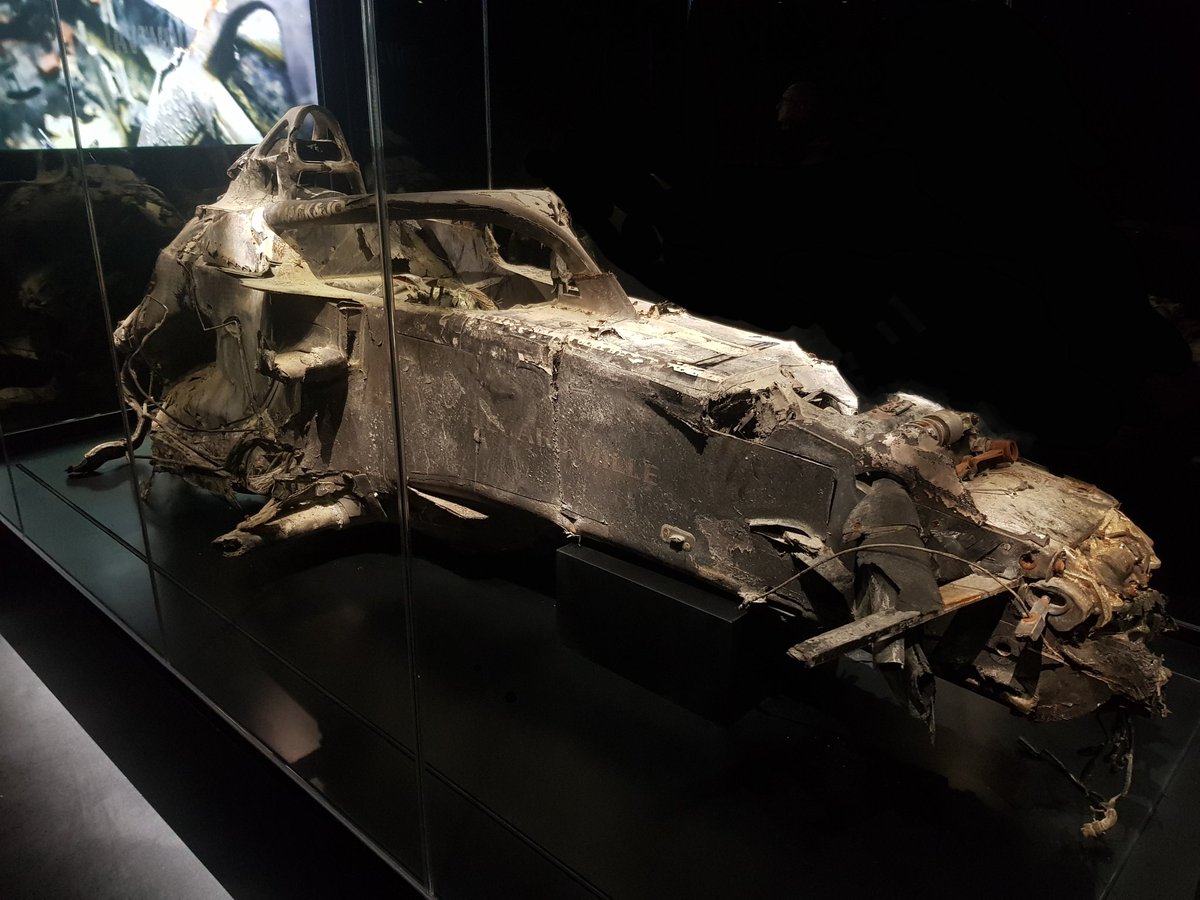#F1 suspension has evolved massively over the years. Especially how the spring/dampers are mechanically operated.
From the Sixties till Today, I’ve drawn up a normalised & simplified set up to show the major variations over the years.
/long thread...
#F1 #techTalk
From the Sixties till Today, I’ve drawn up a normalised & simplified set up to show the major variations over the years.
/long thread...
#F1 #techTalk

1-Outboard
We start with the outboard mounted spring/damper. This worked as it's simple, plus the spring/damper travel was close to wheel travel.
Back in the day, the chassis was much wider than now, so short spring/dampers could fit in the narrow gap.
#F1 #TechTalk
We start with the outboard mounted spring/damper. This worked as it's simple, plus the spring/damper travel was close to wheel travel.
Back in the day, the chassis was much wider than now, so short spring/dampers could fit in the narrow gap.
#F1 #TechTalk

2-Rocker Arm
The rocker arm set up became commonplace in the 70s & 80s. Creating a narrower monocoque and putting the spring/damper out of the airflow for the front wing & ground effects. The spring/damper travel was limited and the set up was bulky & heavy
The rocker arm set up became commonplace in the 70s & 80s. Creating a narrower monocoque and putting the spring/damper out of the airflow for the front wing & ground effects. The spring/damper travel was limited and the set up was bulky & heavy

3-PullRod
Introduced to F1 by Gordon Murray at Brabham, (arguably ACBC Lotus 72)
A rod pulled a rocker in bump to operate the vertically mounted spring/damper.
This was much more streamlined & lighter, plus the rocker geometry allow rising rate to help with increasing aero loads
Introduced to F1 by Gordon Murray at Brabham, (arguably ACBC Lotus 72)
A rod pulled a rocker in bump to operate the vertically mounted spring/damper.
This was much more streamlined & lighter, plus the rocker geometry allow rising rate to help with increasing aero loads

4-Pushrod Vertical
Coming in 1983 the push rod variation of pull rod was introduced by Brabham and McLaren. Effectively an inverted pull rod set up with a different rocker geometry. This reduced the loads in the wishbones & has remained the most common front geometry since
Coming in 1983 the push rod variation of pull rod was introduced by Brabham and McLaren. Effectively an inverted pull rod set up with a different rocker geometry. This reduced the loads in the wishbones & has remained the most common front geometry since

From now on the variations are all shown as pushrod, but would equally work with pull rod as well.
Also, I am just showing the front end layout, fashions for the rear suspension are largely the same, but have tended to vary more between push and pull operation.
Also, I am just showing the front end layout, fashions for the rear suspension are largely the same, but have tended to vary more between push and pull operation.
5- Pushrod Horizontal
As the cars slimmed down, the spring/dampers clashed with space for the driver/gearbox.
So the set up was flipped to place the spring/dampers over the top.
This was similar in terms of rocker geometry. Better for mechanics access, but worse for CofG height.
As the cars slimmed down, the spring/dampers clashed with space for the driver/gearbox.
So the set up was flipped to place the spring/dampers over the top.
This was similar in terms of rocker geometry. Better for mechanics access, but worse for CofG height.

6-Monoshock
At the turn of 80s to 90s, some teams opted for a simpler/lighter set up, this decoupled heave and roll control.
With no side spring/dampers, one heave (mono) spring/damper and belleville springs on the slide/pivot for roll stiffness. There was no roll damping.
At the turn of 80s to 90s, some teams opted for a simpler/lighter set up, this decoupled heave and roll control.
With no side spring/dampers, one heave (mono) spring/damper and belleville springs on the slide/pivot for roll stiffness. There was no roll damping.

7-Active
Then active suspension became a workable solution.
Not having the need for spring/dampers/rockers, The set up could be simplified to just an actuator on the end of the pushrod. Although there was a lot of hardware placed elsewhere in the car
This was banned from 1994.
Then active suspension became a workable solution.
Not having the need for spring/dampers/rockers, The set up could be simplified to just an actuator on the end of the pushrod. Although there was a lot of hardware placed elsewhere in the car
This was banned from 1994.

8-Torsion bars & 3rd element
Torsion bars are splined between the rocker and chassis and twist to resist movement.
They are much smaller, reduce the bending moment coil springs place on the damper and also spring & damper could be replaced separately
Torsion bars are splined between the rocker and chassis and twist to resist movement.
They are much smaller, reduce the bending moment coil springs place on the damper and also spring & damper could be replaced separately

8-Torsion bars & 3rd element
Then to have heave control separate to roll, a 3rd element was added
Operated by a rocker, it only worked when both wheels are going up & down at the same time
The 3rd (heave) element went from being a bump stop, to a damper and latterly spring/damper
Then to have heave control separate to roll, a 3rd element was added
Operated by a rocker, it only worked when both wheels are going up & down at the same time
The 3rd (heave) element went from being a bump stop, to a damper and latterly spring/damper

9-Pushrod Vertical
Safety rules prevented the torsion bars encroaching into the footwell, This made the horizontal mounting impossible, so teams reverted to a vertical set up, placed ahead of the drivers feet.
Functionally there was little difference to the previous set up.
Safety rules prevented the torsion bars encroaching into the footwell, This made the horizontal mounting impossible, so teams reverted to a vertical set up, placed ahead of the drivers feet.
Functionally there was little difference to the previous set up.

10-Pushrod with heave and roll damper
We are now up to date.
As teams are able to streamline the use of heave, roll & side elements.
Now, there are commonly only heave and roll spring/dampers in the set up, decoupled from each other & often without side springs/dampers.
We are now up to date.
As teams are able to streamline the use of heave, roll & side elements.
Now, there are commonly only heave and roll spring/dampers in the set up, decoupled from each other & often without side springs/dampers.

• • •
Missing some Tweet in this thread? You can try to
force a refresh







































